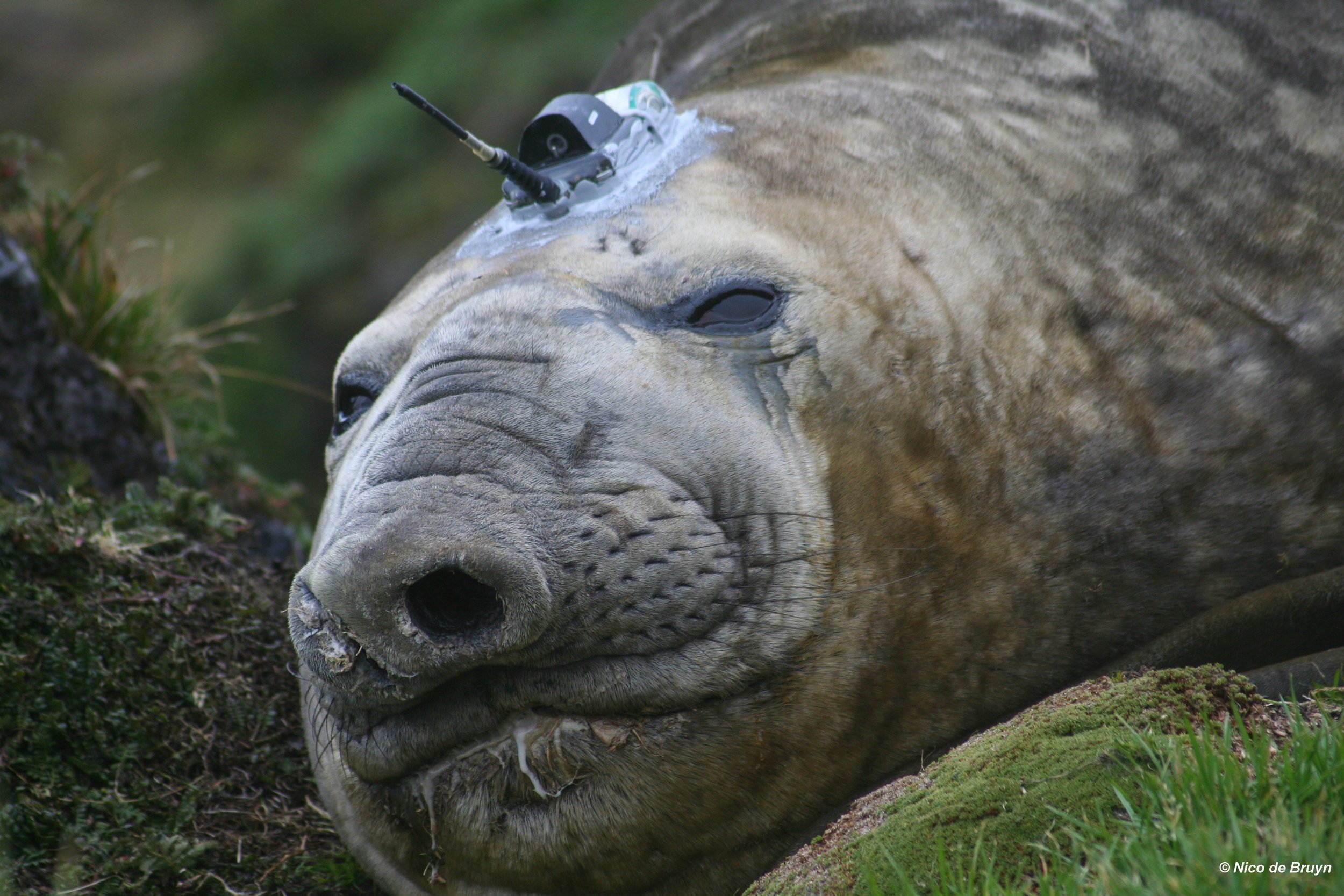Blond pups and population recovery in Antarctic fur seals
/A. gazella
Evaluating how populations are connected by migration is important for understanding species resilience in changing environments. Gene flow can help recovery from demographic declines, sometimes quite dramatically as in the case of Antarctic fur seals (Arctocephalus gazella). In a study now published in Royal Society Open Science an international team (including the MIMMP) investigated the extent to which migration may have contributed to the global recovery of this circumpolar distributed marine mammal that was brought to the brink of extinction by the sealing industry in the eighteenth and nineteenth centuries. It is widely believed that animals emigrating from South Georgia, where a relict population escaped sealing, contributed to the re-establishment of formerly occupied breeding colonies across the geographical range of the species.
To investigate this, we interrogated a genetic polymorphism (S291F) in the melanocortin 1 receptor gene, which is responsible for a cream-coloured phenotype that is relatively abundant at South Georgia and which appears to have recently spread to localities as far afield as Marion Island in the sub-Antarctic Indian Ocean. By sequencing a short region of this gene in 1492 pups from eight breeding colonies, we showed that S291F frequency rapidly declines with increasing geographical distance from South Georgia, consistent with locally restricted gene flow from South Georgia mainly to the South Shetland Islands and Bouvetøya. The S291F allele was not detected farther afield, suggesting that although emigrants from South Georgia may have been locally important, they are unlikely to have played a major role in the recovery of geographically more distant populations.
Hoffman et al. 2018 Royal Society Open Science (http://rsos.royalsocietypublishing.org/content/5/10/181227)



















